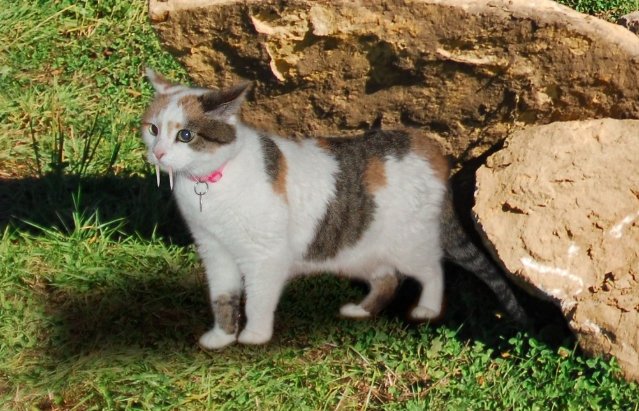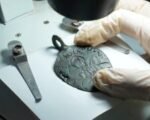A groundbreaking discovery in eastern Siberia has revealed the first-ever naturally mummified remains of a saber-toothed cat, providing an unprecedented look at these iconic prehistoric predators. The 37,000-year-old kitten, found remarkably well-preserved in the permafrost, offers unique insights into its species’ physical characteristics and adaptations to an ancient, icy ecosystem.
A Frozen Time Capsule
The tiny Homotherium latidens kitten was unearthed in 2020 by prospectors searching for mammoth tusks near the Badyarikha River in Siberia. The frozen specimen, brought to the Russian Academy of Sciences, stunned scientists with its exceptional state of preservation.
Features of the Mummified Kitten
- Fur and Appearance: The kitten was covered in short, thick, dark brown fur, with longer fur on its back and neck. Unique tufts of fur near its mouth hinted at the “beard” commonly seen in adult saber-toothed cats.
- Paws and Adaptations: Its “bean-shaped” paw pads were still intact, revealing evolutionary traits like wide, subsquare pads suited for walking on snow and enduring low temperatures.
- Size and Development: At just three weeks old, the kitten’s anatomy was still developing, offering scientists clues about its early life stages.

Adaptations to the Ice Age Environment
The saber-toothed kitten lived during a period when eastern Siberia was home to a dynamic Ice Age ecosystem. Mammoths, woolly rhinos, lions, wolves, and bison thrived alongside saber-toothed cats, and this kitten’s unique features indicate how it fit into that world:
- Thick fur and compact body shape: These traits would have helped it retain warmth in freezing temperatures.
- Wide paws: Ideal for traversing snowy terrain, much like modern lynxes and snow leopards.
Insights from a Prehistoric Predator
The kitten’s remarkable preservation allows scientists to answer long-standing questions about saber-toothed cats.
What Does Its Fur Reveal?
The discovery confirms that Homotherium latidens, unlike some depictions, had dark fur with regional variations in length and density. This fur likely helped the animals blend into their icy surroundings and provided insulation against the cold.
Teeth and Hunting Abilities
Though the kitten’s famous saber teeth had not yet fully developed, its small fangs are consistent with those of adults. Fully grown Homotherium cats were formidable predators, using their blade-like teeth to slice through flesh with precision.
Unlocking Prehistoric Mysteries
The kitten’s discovery is more than just a paleontological milestone. It helps scientists reconstruct the Ice Age environment and better understand the evolutionary pressures faced by species in cold climates.
With the specimen now carefully preserved, further studies are expected to shed light on the genetic makeup of saber-toothed cats, their diet, and their interactions with other Ice Age species.














